
Lot 32
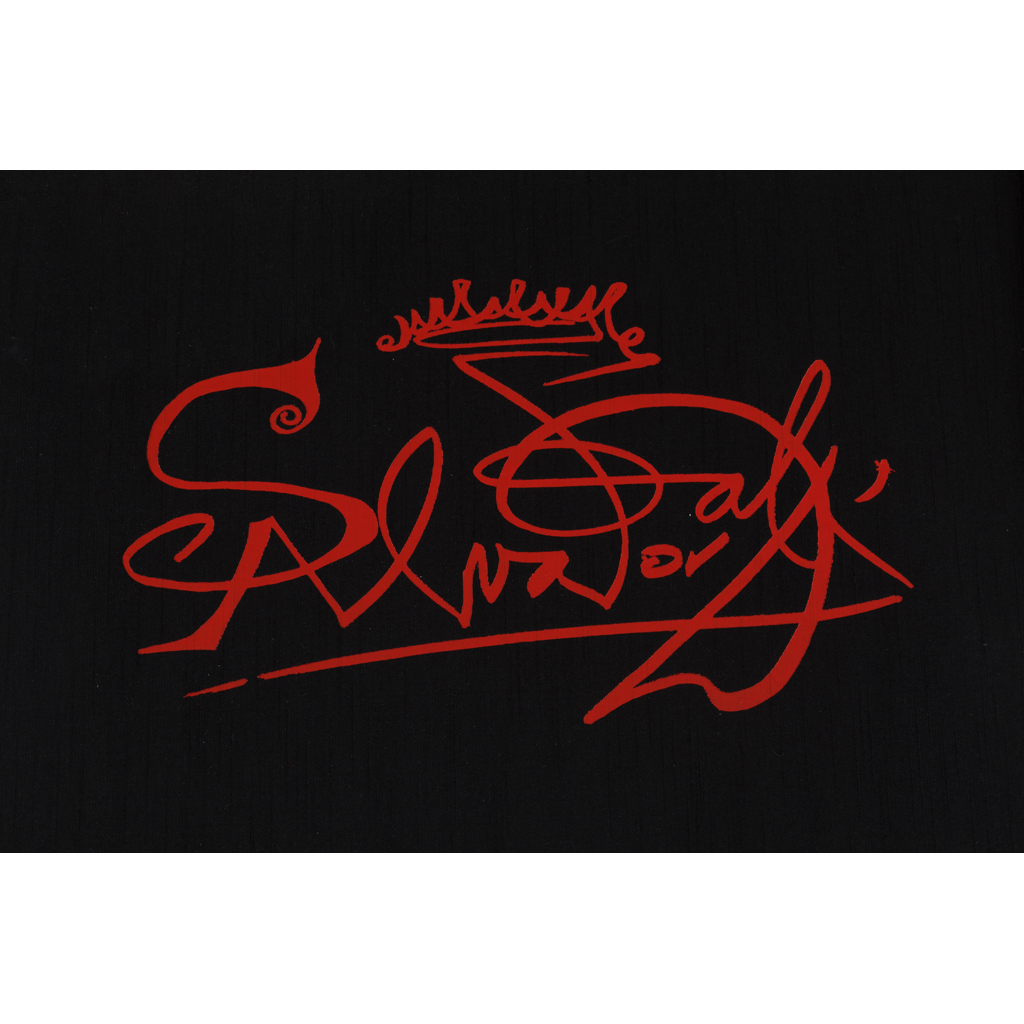
SALVADOR DALI (SPANISH 1904-1989) §
AFTER 50 YEARS OF SURREALISM - 1974


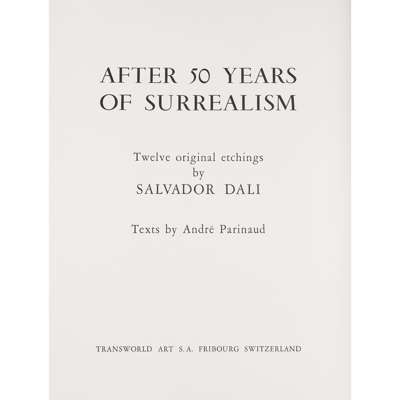


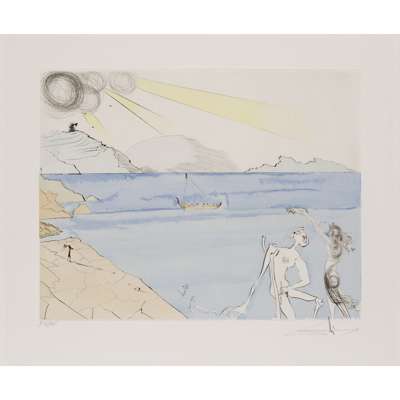
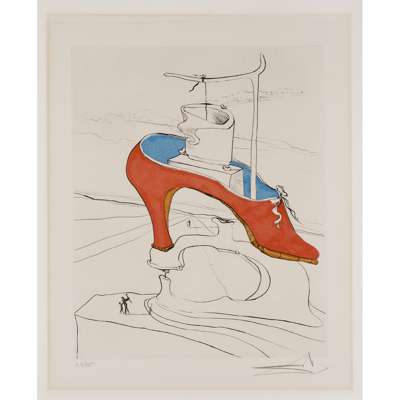

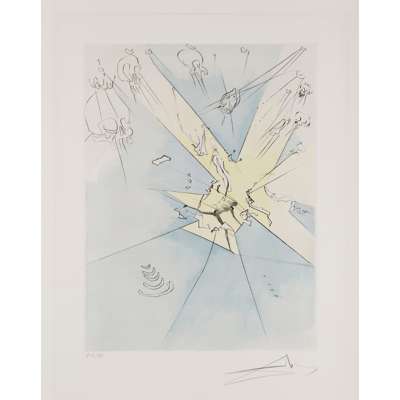
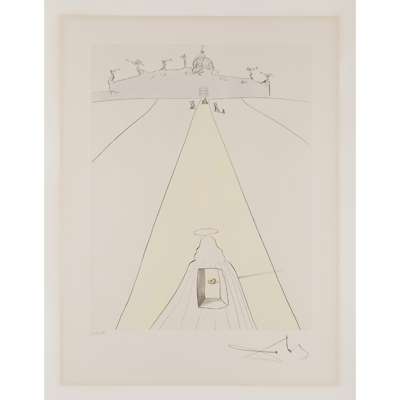


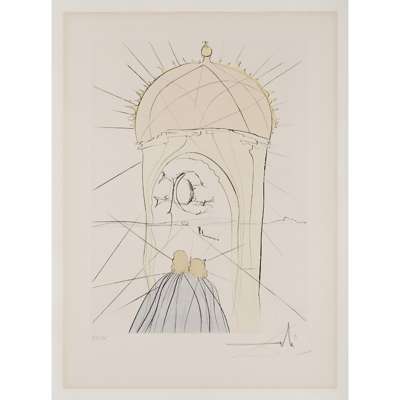



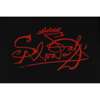
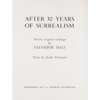
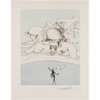

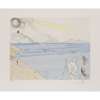



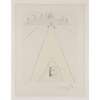


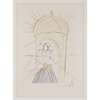

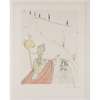
Modern British & Contemporary Art
Auction: 16 August 2018 at 12:00 BST
Description
The complete set of 12 etchings with handcolouring, from the English edition, with signed and numbered title page, each within an original paper folder with text by André Parinaud, all contained within original black linen-covered portfolio. Each etching signed and numbered 'A 56/195.'
Dimensions
each etching 66cm x 50cm (26in x 19.75in)
Footnote
Note:
Salvador Dali, After 50 Years of Surrealism, 1974
After 50 Years of Surrealism is a suite of twelve original drypoint etchings hand-coloured with watercolour paint and each contained in a folder with a corresponding text by art critic and writer André Parinaud. Surrealism, literally meaning 'above reality' sought to liberate the human mind from rational thought by celebrating the absurd and this portfolio leads the viewer through the memories and dreams of perhaps the most iconic of the movement's painters: Salvador Dali. The portfolio's combination of word and image seems a fitting commemoration of Surrealism which began as a literary movement, and is perhaps an homage to André Breton who published The Surrealist Manifesto fifty years earlier in 1924.
The original etchings are each signed by Dali and showcase his renowned mastery of draftsmanship. Dali himself stated that ''Drawing is the honesty in art. There is no possibility of cheating. It is either good or bad'' and the light washes of watercolour applied on top of these etchings leave room to appreciate just how good Dali's draughtsmanship is. His linear compositions conjure dreamlike Dalinian creatures in such detail they almost appear to be observed from life while also managing to describe the baked plains and mountainous horizons of Dali's beloved Catalonian landscape sometimes with a single flowing line. Dali's choice of the medium of print reflect his desire to ''incorporate surrealism into tradition'' as he combines Surrealist landscapes dominated by iconic motifs such as gigantic shoes and spider legged elephants with the established tradition of etching.
This portfolio was completed late into Dali's artistic career and the symbolically charged scenes use Dali's own memories as the source material highlighting his lifelong fascination with Sigmund Freud's Interpretation of Dreams (1899) which identified the unconscious as a fertile site of repressed fantasies and emotions and which the Surrealists saw as a way of accessing the untapped creativity of the mind. The titles of the etchings refer to significant events in Dali's life, both public and private, giving the portfolio an incredibly intimate feel. Gala's Godly Back recreates Dali's first sighting of Gala Éluard, his future wife and muse, on the beach in Cadaquès in 1929. The Great Inquisitor Expels the Saviour depicts a Pope hurling a flaming giraffe from a turret window, a humorous account of Dali's infamous expulsion from the Surrealist circle in 1934 by Breton who was known as the 'Pope of Surrealism' due to his tendency to excommunicate artists from the movement.
The corresponding texts by Parinaud complement each of the etchings by analysing their dreamlike iconography and often including insightful biographical anecdotes and quotes from Dali himself about the details of each event. In 1929 Breton stated that ''it is perhaps with Dali for the first time the windows of the mind are opened fully wide'' and in the same way these etchings offer the viewer an insight into Dali's deeply confessional yet delightfully surreal mind.





























